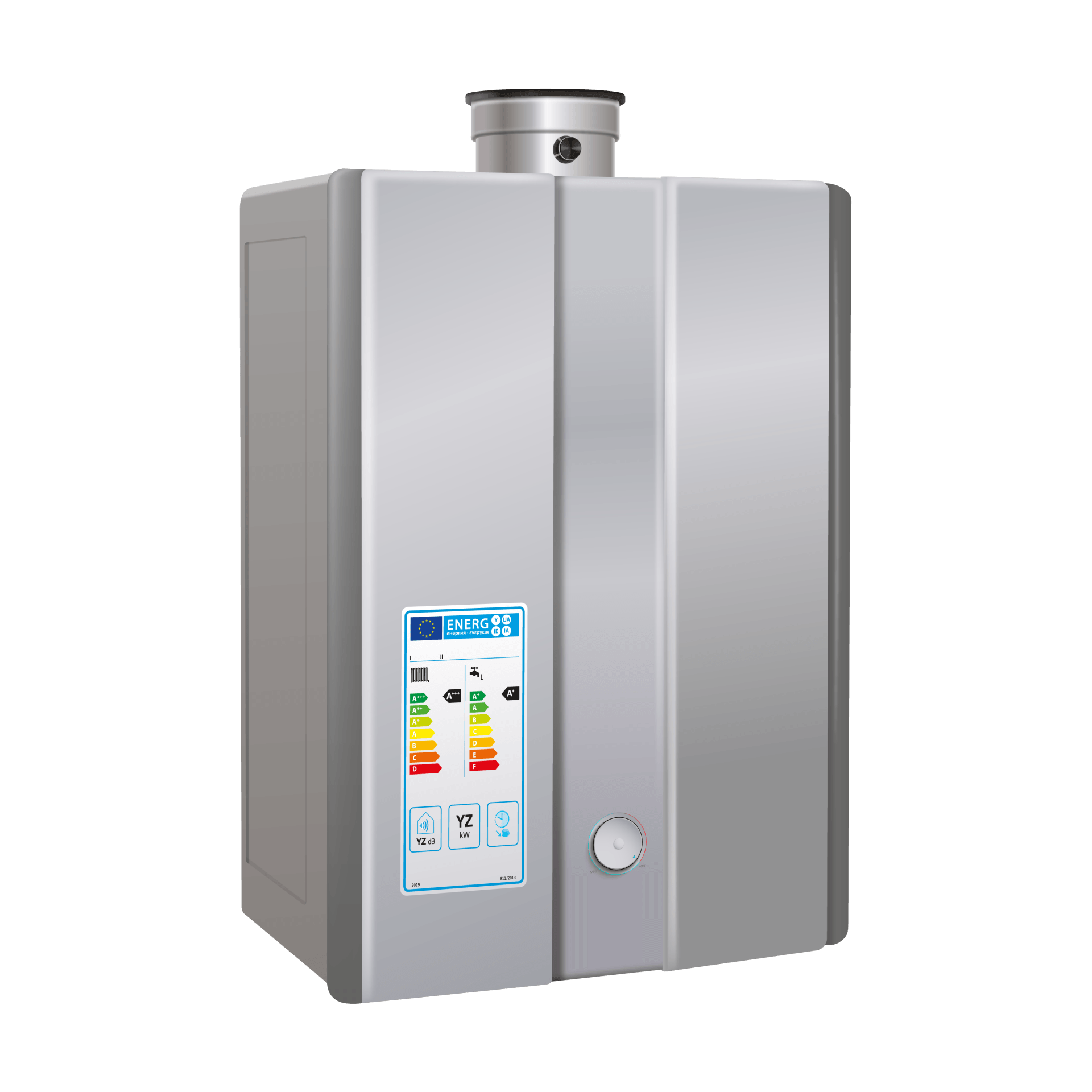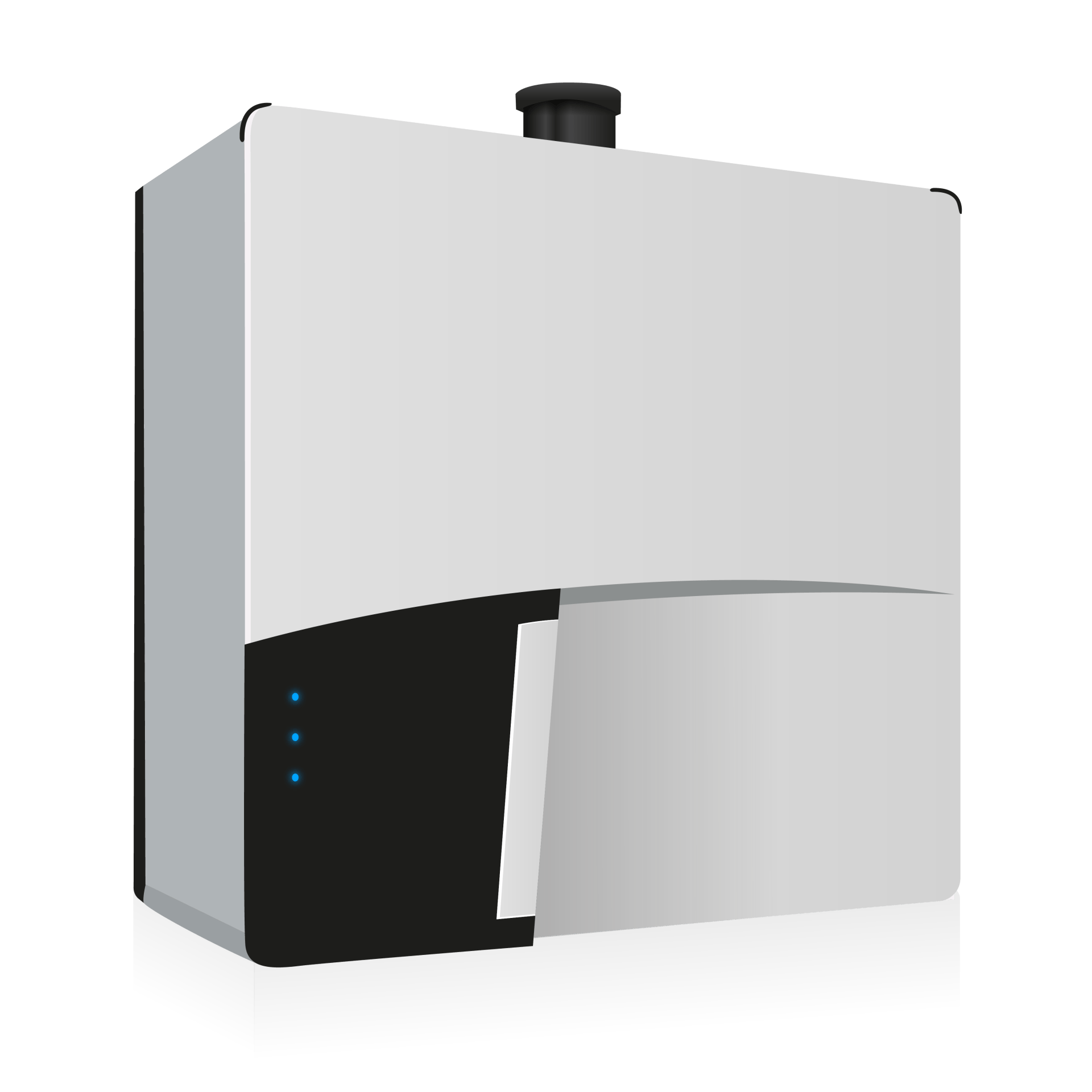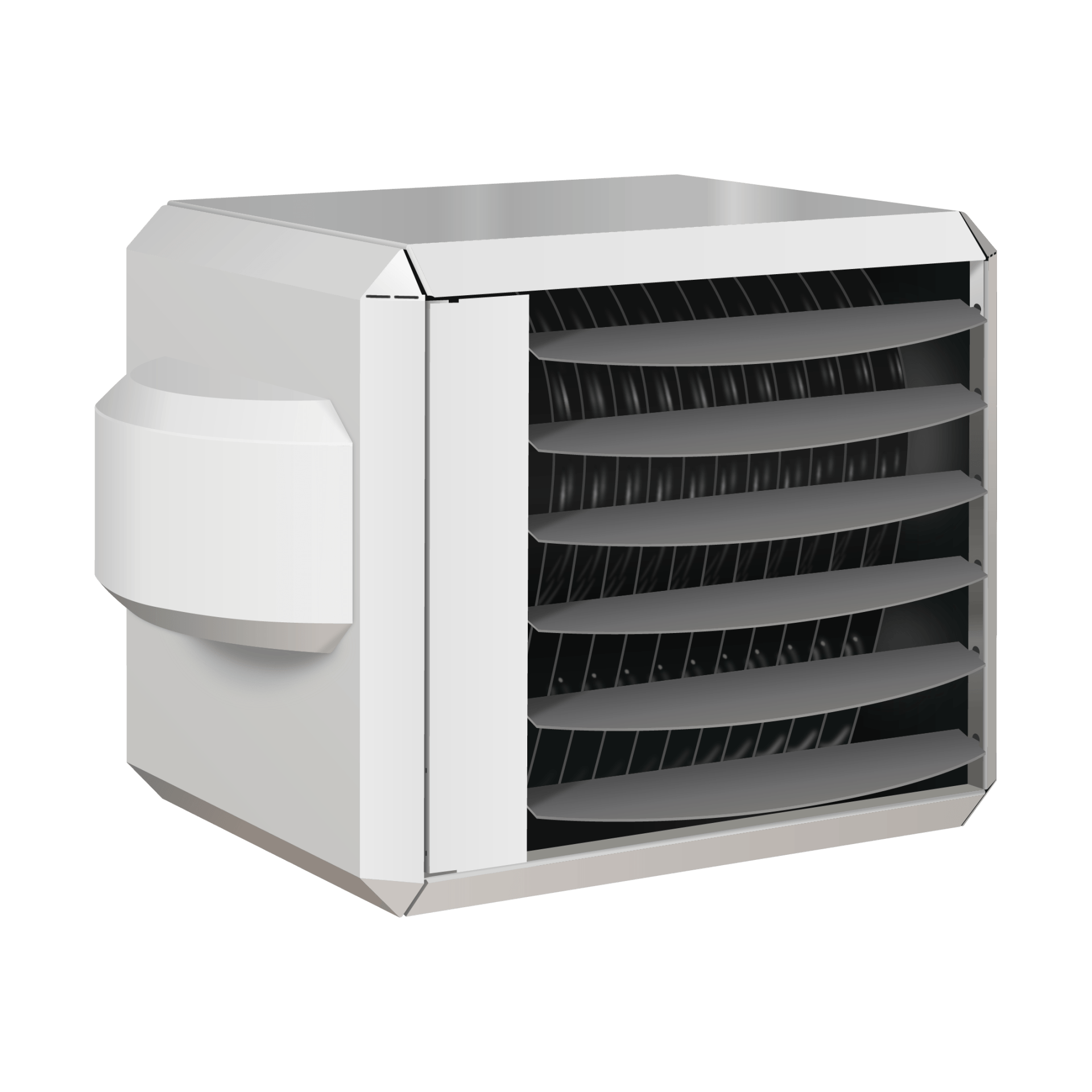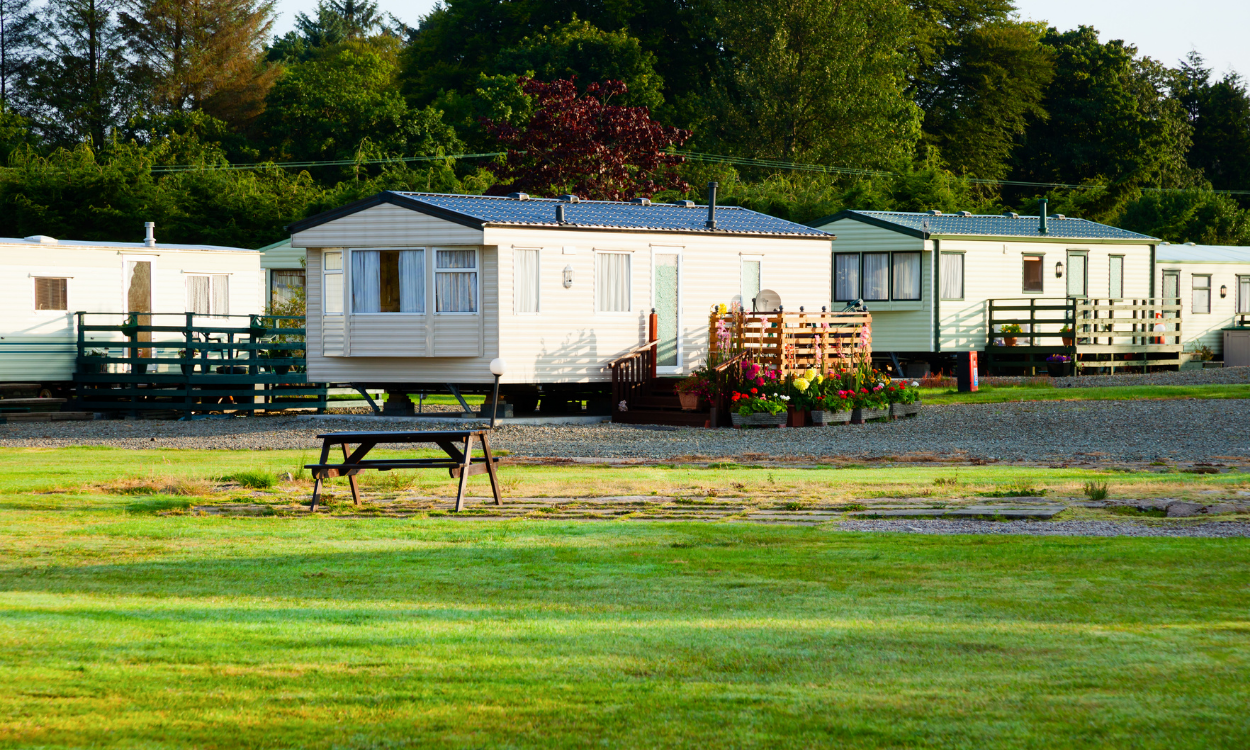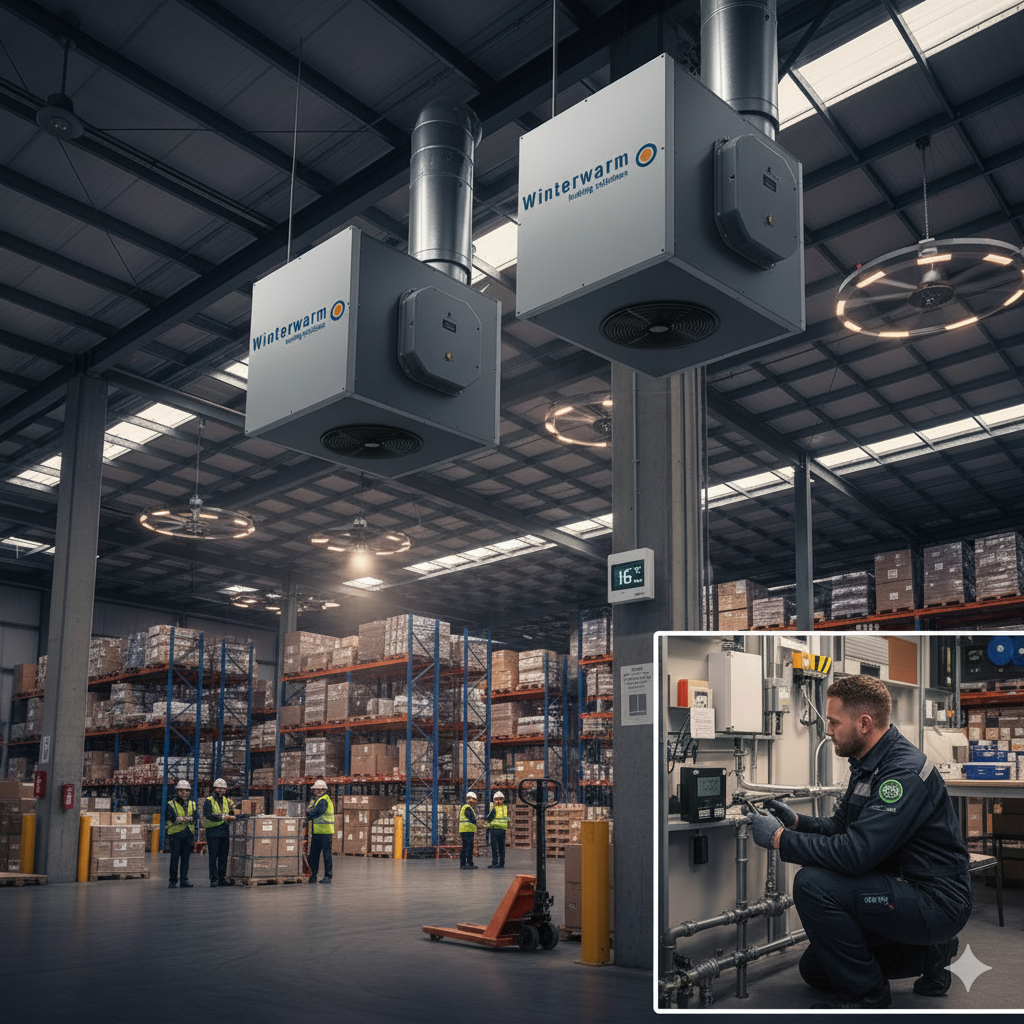How De-Stratification Can Lower Your Energy Costs
WHAT IS DE-STRATIFICATION?
As cold air is denser than warm air, it will sink as the warm air generated from heating systems installed in commercial and industrial buildings rises naturally. This difference in temperatures, with cold layers created at the lower levels of a building and warm layers pushed up to the top is called Thermal stratification. This stratification will create uncomfortable working temperatures for personnel at ground level, rendering the heating system installed as inefficient and not cost-effective. The stratification problem is exacerbated in buildings with a high apex roof.
HOW TO CONTROL THERMAL STRATIFICATION
To control thermal stratification, you will need to get the heated air at the upper levels of the. Roof space to be re-circulated drop and mix with the cooler air at lower levels, this os done by installing De-stratification fans at high level to work in conjunction with the existing heating system.
De-stratification fans are specialised air circulation solutions that have become increasingly popular in commercial and industrial buildings over recent years. These fans offer numerous benefits to building owners, which make them an attractive choice for any facility seeking a cost-effective and efficient climate control solution.
They work by breaking up the warm air stratification (layering) that can occur in large interior spaces, so that the temperature throughout the space is more uniform. By using de-stratification fans, which are large fans mounted near the ceiling, air from the warmer upper levels is pulled down and mixed with cold air from lower levels. Mixing the high and low level air can also increase fresh air circulation within the space and reduce airborne contaminants such as dust and pollen particles.
The Benefits of De-stratification
The main benefits of de-stratification fans are:-
1. They help to create a more comfortable environment for workers, customers, and visitors. Any industry or business where people congregate can benefit from de-stratification, including manufacturing facilities, warehouses, office spaces, schools, hospitals, retail stores, restaurants and more. By reducing hot spots at higher levels in a building and providing even temperatures throughout, fewer complaints about comfort due to temperature variations may be received
2. De-stratification fans will improve energy efficiency. They do not require a large amount of electricity to function, and by re-circulating the warm air generated by the heating system they will ensure the whole system is much more efficient and will lower the energy bills oof the business.
3. The third benefit of de-stratification fans is improved indoor air quality (IAQ). These devices are designed to remove moisture and pollutants from the air while still maintaining comfortable temperatures inside the space. By creating and circulating consistent airflow throughout the building,
De-stratification fans ensure that fresh air is continually moving around any given area without disturbing existing occupants or visitors.
4.
Finally, de-stratification fans provide superior temperature control compared to other ventilation solutions. With their ability to adjust fan speeds according to room temperatures and other environmental factors, these units can maintain comfortable indoor climates no matter what kind of weather is occurring outside the building. This allows businesses to save money on both cooling and heating costs by helping reduce total energy usage during extreme temperatures.
What types of de-stratification fans are available?
There are several types of de-stratification fans available, including:
1. High Volume Low Speed (HVLS) Fans:
These are larger than traditional fans and produce a low-speed, high-volume air flow in the space below them. The air flow is produced by rotating blades powered by an electric motor and creates a gentle breeze below it instead of turbulent gusts like conventional fans do. HVLS fans are often mounted on the ceiling or walls and can cover a large area of up to 24,000 square feet or more. They use less energy than other fan types and can help reduce energy costs associated with cooling a building.
2. Jet Fans:
Jet fans create a high-velocity stream of air that is directed vertically downward from their location on the ceiling or walls of the room to break up warm air layering near ceilings. Jet fans offer fast response times while consuming only a fraction of the power used by traditional exhaust systems. Because they create an intense horizontal airflow, they should be installed at least five feet away from any walls or objects in order to avoid turbulence which could affect their performance.
3. Air Curtains:
Air curtains (also known as “air doors”) are designed to block out hot outside air while allowing cool inside air to escape through the curtain without allowing outside air into the building’s interior space. This helps keep temperatures steady within interior spaces, reducing heating and cooling costs as well as providing additional protection against drafts caused by open doors or windows during winter months when temperatures drop outside but still must remain comfortable indoors for workers or customers alike.
4. Zone Ceiling Fans:
Zone ceiling fans use multiple motors placed in various locations around an industrial space in order to optimise airflow throughout an entire room rather than just one specific location like standard ceiling fans would be able to do on their own. As these multiple motors run simultaneously at different speeds, they help break up warm stratified layers near ceilings while also helping move hot pockets near floors back towards ceilings where cooler temperatures will be found again – all resulting in a more even temperature distribution for better energy efficiency and improved worker productivity indoors.
What are the costs of implementing a de-stratification system?
The cost implications of de-stratification are often underestimated. De-stratification involves installing fans, to work in conjunction with an existing heating system in a large space to create air movement and reduce thermal stratification. This process helps to reduce energy costs, but there will be upfront costs for installation which will vary, depending on the size of the space.
The cost of installation will depend on the number and type of fans that need to be installed, as well as any additional equipment needed for mounting and control. The size of the space also matters; larger spaces may require more fans than smaller ones. A professional should be consulted to assess the specific requirements and determine an accurate cost estimate.
Whilst there will be costs associated with installing de-stratification fans, we have already established that de-stratification will reduce thermal stratification, ensuring better heat distribution throughout the entire space, resulting in a more efficient heating and cooling system and reducing energy costs of the business n the long run.
However, the cost efficiency of de-stratification depends largely on how much energy usage has been reduced, which varies with each environment.
The best way to determine whether or not de-stratification would be financially viable for your business is by measuring thermal stratification pre-installation using specialised instruments such as thermometers, hygrometers or anemometers to gather data on temperature levels within various areas of the building or facility. From these readings, one can calculate potential savings based on reduced heating/cooling needs in comparison with current levels from before de-stratification was installed—making it easier for businesses or facility owners to decide if this solution is worth pursuing from a financial perspective.
As de-stratification can have such a positive impact on energy efficiency and comfort levels within a business, it’s often seen as a worthwhile investment both financially and aesthetically speaking.
Is a de-stratification system the right choice for your business?
Is a de-stratification system the right choice for your business?
Overall, de-stratification fans provide numerous advantages for commercial buildings both in terms of convenience and cost savings. With their impressive energy efficiency capabilities and superior temperature control abilities combined with noise reduction technology, these units make for an excellent long term investment for any business looking for a reliable climate solution that will maximise both comfort and savings year round.
